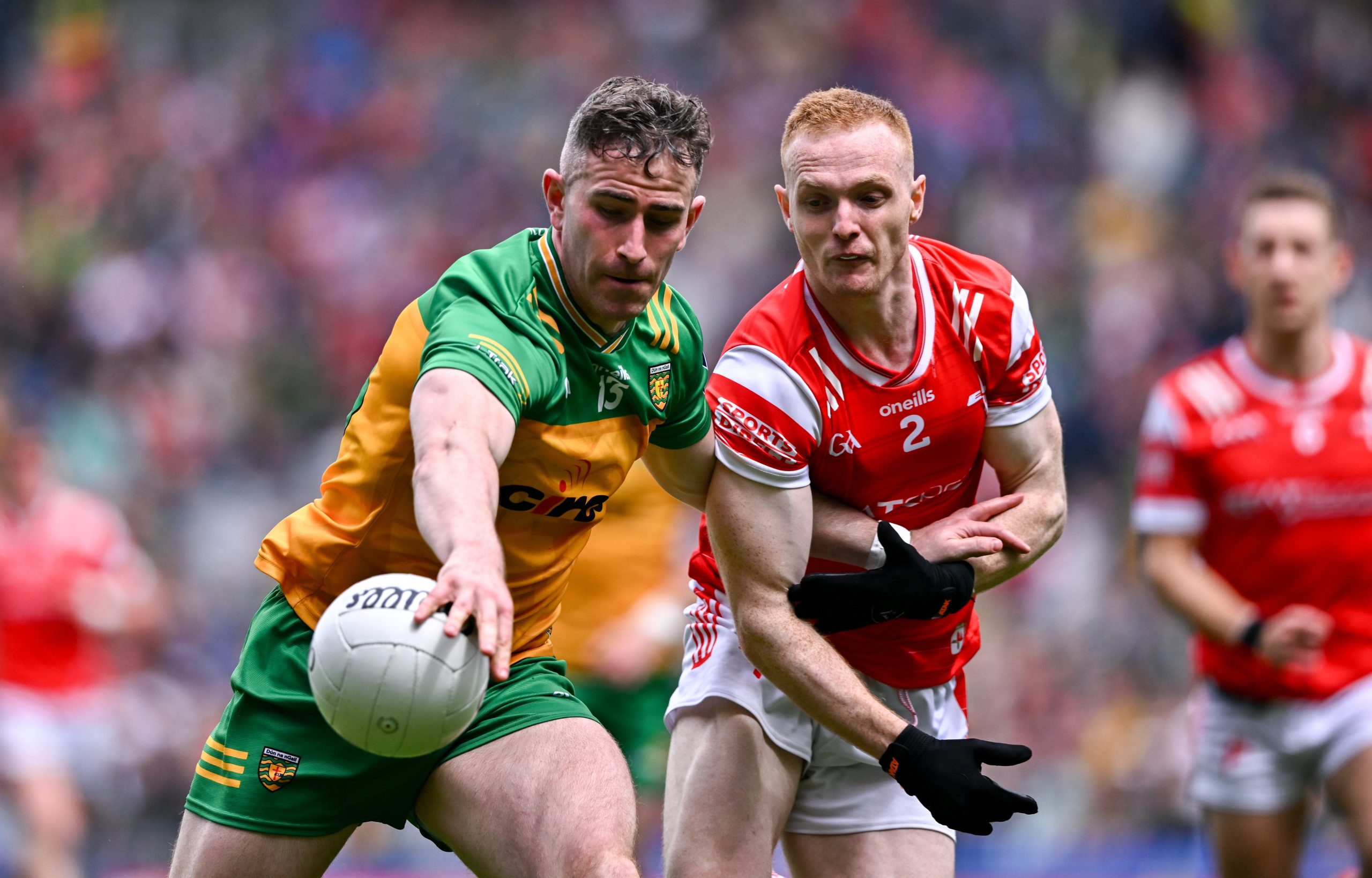SO we are down to the final four of the All-Ireland Championship and not too many would have predicted that Louth would have stayed in the championship longer than Dublin (albeit one day) although it’s disappointing for Leinster to have no representation in the last four.
Ulster have two sides involved, Munster one and Connacht one. The only provincial champion not there is Dublin and it’s interesting that the other three provincial winners made it.
Last year was the same with three from four – and that’s maybe showing a correlation between those who come off the high of winning and continue their form in such a condensed season.
Outside of Galway’s win against Dublin, the other three games didn’t really set the world on fire, in fact the most anticipated clash of the weekend between Kerry and Derry was the worst of the lot.
Not even an intriguing tactical battle ensued with Kerry pulling away comfortably against a Derry side that looked jaded, tired, was mistake strewn and had the feeling of a side that looked to have peaked in March time.
Contrast that to the big winners over the weekend, Galway, who have looked to have timed their run to perfection, helped by the fact their early season was disrupted by injuries to key men and those returning players are now coming in fresh, hungry and full of vigour.
As far as tactical takes over the weekend go, there were no real surprises.
Armagh watched Tyrone leave a dangerous and potent Roscommon forward line with more space than a large car park and Roscommon duly obliged with Diarmuid Murtagh running riot and kicking scores for fun. Roll on a week later and a very structured deep-lying defensive block from Armagh meant that the Rossies had no answers. Their sporadic attack relies on chaos and freedom and it came a cropper against, for me, the most impressive team this year, Armagh.
The biggest change and innovation tactically over the weekend was by the Ulster champions Donegal.
Very clearly one of Jim McGuinness’ biggest strengths is his ability to tactically analyse the game, his analytical take on the opposition and identifying any potential weaknesses that can be exposed. He had already shown that in the first round of Ulster, where he knew going long on Derry’s press would cause havoc, paving the way for Galway and Armagh to follow up with a similar strategy.
McGuinness would have looked at Louth and would have used the Leinster final as a terrific template to gauge his analysis off. The way Louth set up that day was hugely impressive, giving themselves every chance of taking Dublin down the stretch. Unfortunately, on the day, it was one misplaced kick out that gave the Dubs the breathing space needed to open a gap.
McGuinness would have examined the Louth defensive template and decided that the best approach when Donegal attacked in a slow play, outside of a first phase attack, would be to cluster the attack.
By doing this, he sent in six or seven players to cluster around the 21, smaller clusters around the D, and what he was trying to achieve from this was causing disruption to the Louth defensive shape, which they did successfully, creating 1v1 opportunities further out the field, which suited Donegal’s hard running game perfectly.
Also it gave them the opportunity to create basketball type screen moments for possible marks or kicking opportunities for a runner coming off the player acting as wall ball. It was very evident tactically what they were doing and the result of 1-23 against Louth was proof it worked.
Shaun Patton also remains a critical figure, particularly in Croke Park.
Kick-outs are a platform to launch attacks from, and there was no better example than in the 52nd minute. Patton looked up to see a hard Louth press but a hard run along the Cusack Stand from Caolan McColgan, the substitute, was welcomed with a Patton stinger missile into his path where he never broke stride. Four or five seconds later the ball was over the bar in less than three passes. Galway have been warned.
Photo caption
TOO GOOD…Paddy McBrearty and Donegal were too sharp for Louth
Receive quality journalism wherever you are, on any device. Keep up to date from the comfort of your own home with a digital subscription.
Any time | Any place | Anywhere















